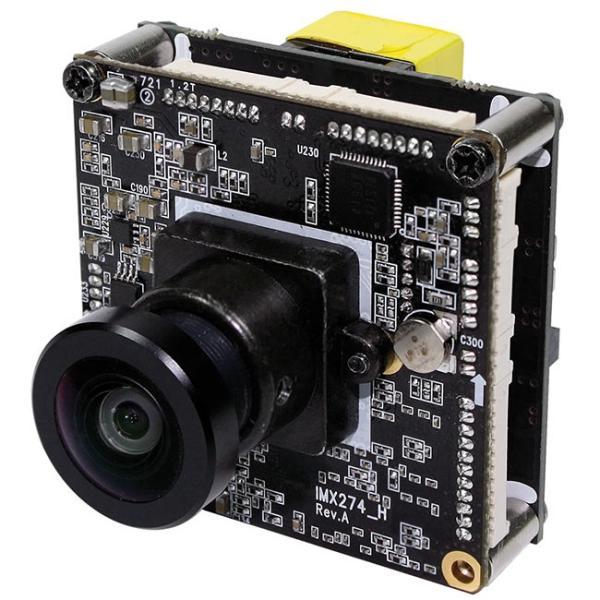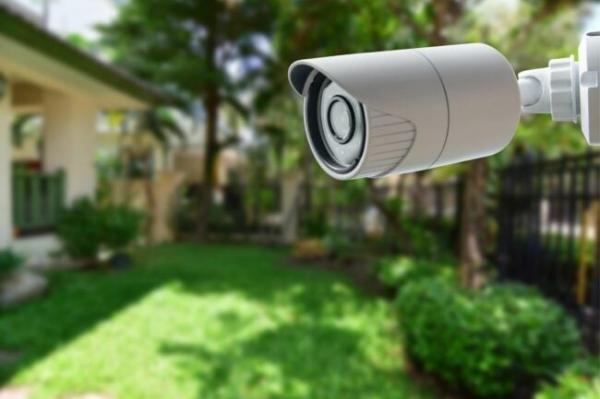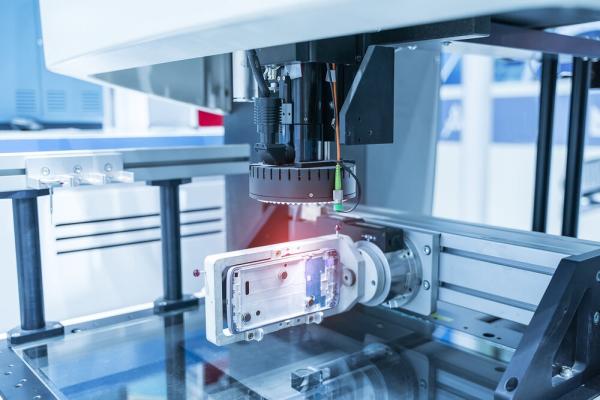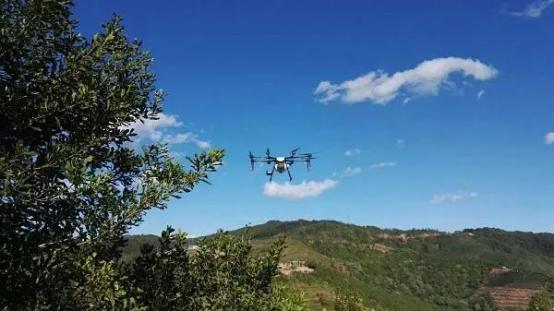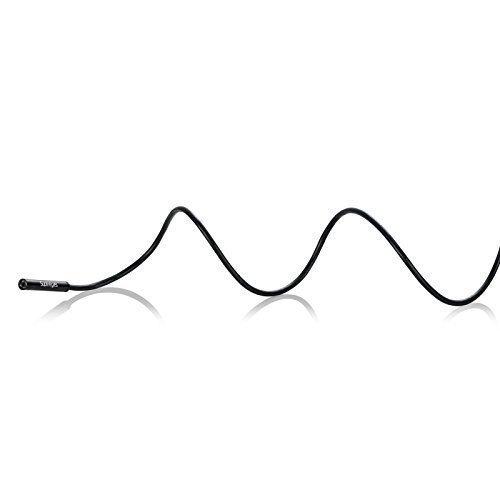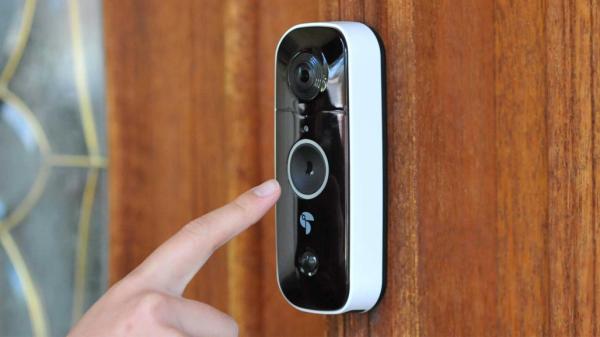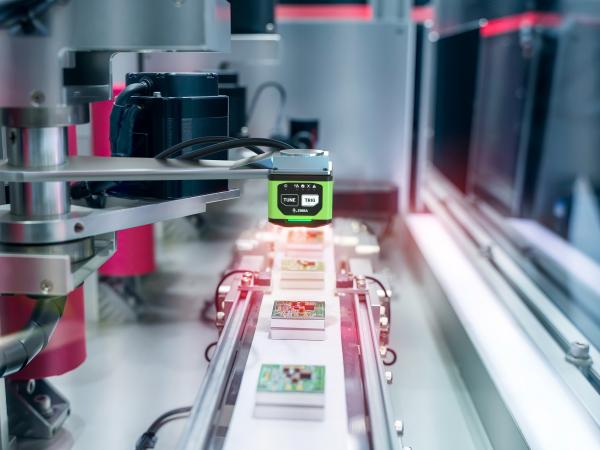1、Board Cameras
A board camera, also known as a PCB (Printed Circuit Board) camera or module camera, is a compact imaging device that is typically mounted on a circuit board. It consists of an image sensor, lens, and other necessary components integrated into a single unit. The term “board camera” refers to the fact that it is designed to be easily mounted onto a circuit board or other flat surfaces.
The board camera
2、Applications
Board cameras are used in various applications where space is limited or where a discreet and compact form factor is required. Here are a few common uses of board cameras:
1.Surveillance and Security:
Board cameras are often used in surveillance systems for monitoring and recording activities in both indoor and outdoor environments. They can be integrated into security cameras, hidden cameras, or other covert surveillance devices.
Surveillance and security applications
2.Industrial Inspection:
These cameras are utilized in industrial settings for inspection and quality control purposes. They can be integrated into automated systems or machinery to capture images or videos of products, components, or production processes.
Industrial inspection applications
3.Robotics and Drones:
Board cameras are frequently used in robotics and unmanned aerial vehicles (UAVs) like drones. They provide the visual perception necessary for autonomous navigation, object detection, and tracking.
Robot and drone applications
4.Medical Imaging:
In medical applications, board cameras can be employed in endoscopes, dental cameras, and other medical devices for diagnostic or surgical purposes. They enable doctors to visualize internal organs or areas of interest.
Medical imaging applications
5.Home Automation:
Board cameras can be integrated into smart home systems for video monitoring, video doorbells, or baby monitors, providing users with remote access and surveillance capabilities.
Home automation applications
6.Machine Vision:
Industrial automation and machine vision systems often use board cameras for tasks such as object recognition, barcode reading, or optical character recognition (OCR) in manufacturing or logistics.
Machine vision applications
Board cameras come in different sizes, resolutions, and configurations to suit specific application requirements. They are often chosen for their compactness, flexibility, and ease of integration into various electronic devices.
3、Lenses for PCB Cameras
When it comes to board cameras, the lenses used play a crucial role in determining the camera’s field of view, focus, and image quality. Here are some common types of lenses used with PCB cameras:
1.Fixed Focus Lenses:
These lenses have a fixed focal length and focus set at a specific distance. They are suitable for applications where the distance between the camera and the subject is constant. Fixed-focus lenses are typically compact and provide a fixed field of view.
2.Variable Focus Lenses:
Also known as zoom lenses, these lenses offer adjustable focal lengths, allowing for changes in the camera’s field of view. Variable-focus lenses provide flexibility in capturing images at different distances or for applications where the subject distance varies.
3.Wide Angle Lenses:
Wide-angle lenses have a shorter focal length compared to standard lenses, enabling them to capture a broader field of view. They are suitable for applications where a wider area needs to be monitored or when space is limited.
4.Telephoto Lenses:
Telephoto lenses have a longer focal length, allowing for magnification and the ability to capture distant subjects in greater detail. They are commonly used in surveillance or long-range imaging applications.
5.Fisheye Lenses:
Fisheye lenses have an extremely wide field of view, capturing a hemispherical or panoramic image. They are often used in applications where a wide area needs to be covered or for creating immersive visual experiences.
6.Micro Lenses:
Micro lenses are designed for close-up imaging and are used in applications such as microscopy, inspection of small components, or medical imaging.
The specific lens used with a PCB camera depends on the application requirements, desired field of view, working distance, and the level of image quality required. It’s important to consider these factors when selecting a lens for a board camera to ensure optimal performance and desired imaging results.
Post time: Aug-30-2023

